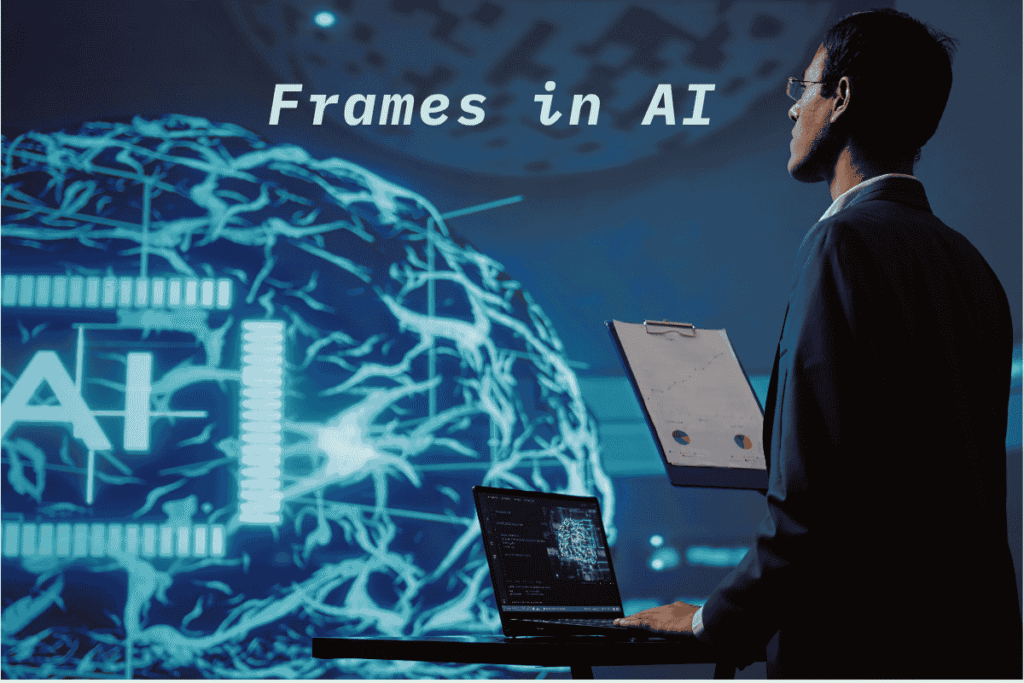Hello people! How do frames in artificial intelligence improve knowledge-based reasoning? Frame descriptors in AI databases enable AI to work with and interpret complex topics about the world. As first introduced by Marvin Minsky in 1974, frames describe the process by which the mind breaks and stores data like humans store information in their minds.
While AI progresses, dropping frames in Artificial Intelligence is only useful when the system can handle concepts, relationships, and events directly. This article describes what frames are and how they operate, details the parts they have, shows their applications, finds their advantages and limitations, and compares them to other AI representation methods.
Let’s dive in!
Table of Contents
What Do Frames Mean in AI?

AI specialists use structured frames to describe objects, ideas, and situations within the system. A frame includes some attributes (slots) and their connected values to describe an entity or an event. These fields are available for storing either fixed values, default options, or instructions for carrying out calculations on the fly.
A frame for a “Car” might consist of properties labeled “Brand,” “Engine Type,” “Number of Wheels,” and “Fuel Type.” The characteristics of a car in Slot Games come from the values given to its specific slots. With this approach, data is easier for a program to understand and use, even when it is complex.
Concept of Frames
Minsky introduced the frame concept in 1974 and it forms the main idea in knowledge representation. Frames in Artificial Intelligence give a structured method to save the key details of an event, making it simpler to remember and use these details. They function much like schemas or blueprints that help place knowledge into well-structured portions.
Essential Aspects of Frames
Frames in Artificial Intelligence organize our AI knowledge, so it is important to learn what they include to make the best use of them. Presenting the key features of frames, with examples that explain their use:
Slots
Slots are features that belong to a frame. Each picture has a different characteristic or part of the frame’s concept.
An example would be that slots for the “Person” frame may contain:
- Name: The person’s name
- Age: The person’s age.
- Occupation: The job or profession someone has is their occupation.
- Place of living: The person’s main address
Facets
To tighten up the rules for a slot, facets add extra information such as the correct values for that slot or the way it can be used.
For example, under the “Person” frame, “Age” can be filled with a specific example.
- Type: Integer
- Range: The range of Airpods is between 0 and 120.
- Default value: By default, the value is 30.
Default Values
Defaults are set beforehand to take the place of any slot that does not have its value. They function as a starting point that can be changed when new details are found.
Example: You can also see those attitudes from a “Car” frame.
- Make: Default could be set to the value “Unknown.”
- The model: The default value would be “Unknown”.
- Year: A default value can be this year.
Procedures
Methods called procedures are associated with frames to show how the information in them must be handled.
An example would be in an “Account” frame.
Procedure: CalculateInterest – A method that lets you find the correct interest amount based on your account balance.
Importance of Frames
Frames help us organize information smoothly and are useful because they can scale as the amount of data grows. Frames are different from unstructured data because every piece of data goes with a named attribute. Thanks to this, AI systems can use reasoning, detect where data is missing, and aid decisions much like people can.
Angular methods can order details about diseases, their symptoms, applicable treatments, and patient background in medical systems. This grouping helps with looking up and figuring out information easily.
Different Forms of Frames
Static Frames
They are meant for rules that will never change such as what an object is made of. Sometimes, it’s easy to notice, like the number of legs on a chair.
To convey facts, definitions, and knowledge that is valid everywhere, static frames are most helpful.
Dynamic Frames
Such data changes depending on things like someone’s mood or the room’s temperature.
They are applied in places where real-time data is used such as robotics and smart homes.
Prototype Frames
Such cases present a basic, often simplified, or stereotyped idea of something. A prototype for a “Teacher” may consist of usual slots such as “Teaches Subject,” “Works at School,” and “Has Degree.”
This way, new information is grouped and understood by comparing it to what is already known.
Instance Frames
These are actual copies of the prototype. As an example, Mr. John Smith represents the “Teacher” prototype.
Instance frames keep real-time information and are usually built during the running of the program as a result of user inputs or sensor signals.
Frame Inheritance Explained

Using frame inheritance, information in knowledge representation systems is managed and organized in a smart way. It supports one child (frame) learning from its parent, forming a chain of parent-child relationships. By using this approach, it becomes simpler to use and expand current knowledge.
Frame Inheritance Key Points
- Parent Frame: This is where all children’s frames go to take their traits and characteristics. It sets out features that are found in all frames of the same kind.
- Child Frame: This type of frame receives attributes from the parent frame. It can be used to assign new details or cover the whole of older ones when necessary.
- Inheritance Hierarchy: A tree structure called Inheritance Hierarchy organizes the position of frames in line with their relationships to each other. Every child frame is able to get traits from several parent frames, helping to create linkages between them.
- Overriding: Overriding occurs when the child frame changes an inherited attribute with a clearer or more detailed version.
- Enhancement: Increasing the detail of an individual’s record by adding absent attributes in their parent’s record.
Explanation of Frame Inheritance
- Define Parent Frame: Design a main standard that includes usual characteristics. A “Vehicle” frame could have the attributes “Make,” “Model,” and “Year.”
- Create Child Frame: Build a more defined frame that starts from the parent frame. So, a “Car” frame inherits features from “Vehicle” and gives itself new attributes, like the Number of Doors.
- Use Inherited Attributes: The child frame receives all attributes from the parent frame which helps organize new learning based on what you already know.
- Makeover or Add-On: Adjust or expand the attributes in the child frame to enhance the model. As an example, using the “Car” frame could prevent someone from putting anything other than numbers in the “Year” attribute.
Example of Frame Inheritance
Let’s consider an example with a hierarchy of frames in a library system:
- Parent Frame: “LibraryItem”
- Attributes:
- Title
- Author
- Publication Year
- Child Frame 1: “Book” (inherits from “LibraryItem”)
- Inherited Attributes: Title, Author, Publication Year
- Extended Attributes:
- ISBN
- Genre
- Child Frame 2: “Magazine” (inherits from “LibraryItem”)
- Inherited Attributes: Title, Author, Publication Year
- Extended Attributes:
- Issue Number
- Publisher
In this example:
- The “Book” frame inherits the common attributes from the “Library Item” frame and adds specific attributes related to books.
- The “Magazine” frame also inherits from “Library Item” but adds attributes specific to magazines.
How Frames are used in AI
Expert Systems
When domain knowledge must be coded precisely, experts rely on frames. A diagnostic medical tool could show diseases, symptoms, and treatments using frames.
When frames in the system talk to each other, they increase the accuracy of making a diagnosis based on the symptoms.
Natural Language Processing
Frames help processing in NLP. If you understand the sentence “John went to the restaurant,” you should have a restaurant frame with slots like “Menu,” “Waiter,” and “Bill.”
Linking parts of sentences to the different slots in the frame allows AI systems to interpret language, fix misunderstandings, and detect what someone wants.
Robotics
Robots depend on frames to keep track of what is in their surroundings and how they are functioning. Objects, locations, and tasks in a room might be represented in frames by a robot doing the cleaning.
As a result, the robot can understand its environment, plan how to act, and respond to new changes quickly.
Semantic Web and Ontologies
Ontologies and the Semantic Web are important parts of Knowledge Engineering.
Semantic web ontologies are built on frames as a main foundation. They make sure machines can make sense of and reason through the information on websites.
To link knowledge across different datasets, OWL uses frame-like templates to build up knowledge graphs.
Benefits of Frames in AI
Intuitive Representation
Because frames match how the mind works, they are a common tool for intelligent systems that try to think like humans.
The structures they choose are clear and straightforward, so it’s easy to understand, fix mistakes, and update the knowledge bases.
Scalability
Because frames let you add more slots or data, they are great for systems that need to increase in complexity. It’s possible to begin with a basic plan and refine it as time goes on. Because of this, large-scale AI projects can thrive and adapt for longer.
Efficient Reasoning
Having inheritance and default values, frames help AI systems automatically supply what is missing and guess logically. As a result, applications that require timely and correct decisions work far better.
Reusable Knowledge
Since frames support inheritance, it is possible to reuse previous work to generate new frames, cutting down on duplication and increasing how easy it is to maintain the system.
In fields where data is arranged by ranks or groups such as biology or product lists, this becomes highly practical.
Limitations of Frames

AI in Unstructured Environments
A frame is best used for data that is well-organized and consistent. The struggle occurs when knowledge in a space is not clear or keeps changing all the time. Because of this, they are not well suited for creativity simulation or learning in many situations.
Resolving Inheritance Conflicts
When several parent frames both set different values for the same slot, it can be complex to pick which values take priority. It is possible that unclear design can cause incorrect beliefs or mistakes in arguments.
Requires Expert Human Support
Since frames must be built and kept up manually, it can be difficult, mainly for large or fast-moving computer networks. This stops them from scaling well when data is always changing or growing.
Conclusion
In Artificial Intelligence, frames give machines a structured way to work with knowledge and think about the world just as we humans do. Modules, inheritance, and procedure knowledge make them essential for expert systems, robotics, and natural language processing.
Regardless of their limitations—maintenance, and handling of conflicts, frames are still a fundamental idea in symbolic AI. Because symbolic and statistical AI are being combined more often, frames may greatly influence how intelligent applications are structured and made more logical. Can frames in artificial intelligence evolve with modern AI systems?
FAQS
- How are frames in artificial intelligence applied?
Frames group knowledge by dividing it into slots and values for reasoning reasons.
- What person introduced the concept of frames to artificial intelligence?
The term frames for knowledge representation was created by Marvin Minsky in 1974.
- What does a slot mean in a frame structure?
A slot is a space in a frame structure used to store attributes or properties.
- How do frames provide for inheritance in AI?
A: When created, child frames get their slots and values from the parent frames automatically.
- Why do experts in this field use frames when developing systems?
They help you arrange information from your environment for easier decision-making and thinking.





